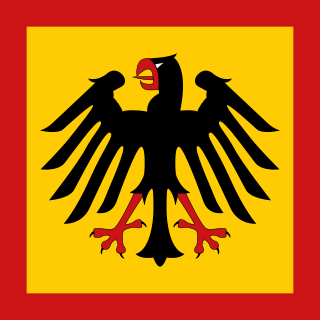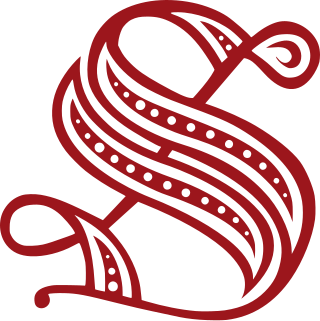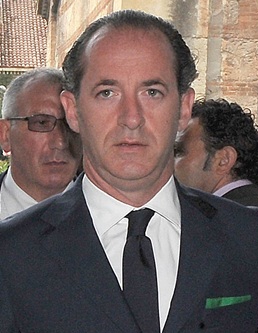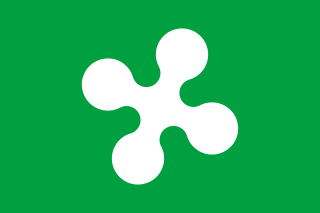
The Czech Republic is a unitary parliamentary republic, in which the president is the head of state and the prime minister is the head of government. Executive power is exercised by the Government of the Czech Republic, which reports to the Chamber of Deputies. The legislature is exercised by the Parliament. The Czech Parliament is bicameral: the upper house of the Parliament is the Senate, and the lower house is the Chamber of Deputies. The Senate consists of 81 members who are elected for six years. The Chamber of Deputies consists of 200 members who are elected for four years. The judiciary system is topped by the trio of the Constitutional Court, Supreme Court and Supreme Administrative Court.

The president of the Council of Ministers, colloquially and commonly referred to as the prime minister, is the head of the cabinet and the head of government of Poland. The responsibilities and traditions of the office stem from the creation of the contemporary Polish state, and the office is defined in the Constitution of Poland. According to the Constitution, the president nominates and appoints the prime minister, who will then propose the composition of the Cabinet. Fourteen days following their appointment, the prime minister must submit a programme outlining the government's agenda to the Sejm, requiring a vote of confidence. Conflicts stemming from both interest and powers have arisen between the offices of President and Prime Minister in the past.

The president of Germany, officially titled the Federal President of the Federal Republic of Germany, is the head of state of Germany.

The Government of Italy is a democratic republic, and was established by the Italian constitution in 1948. It consists of legislative, executive, and judicial subdivisions, as well as of a head of state, also known as the president.

The Federal Cabinet, or according to the German Basic Law, the Federal Government, is the chief executive body of the Federal Republic of Germany. It consists of the Federal Chancellor and cabinet ministers. The fundamentals of the cabinet's organisation, as well as the method of its election and appointment, along with the procedure for its dismissal, are set down in articles 62 through 69 of the Basic Law for the Federal Republic of Germany (Grundgesetz).
The Cabinet of Ministers of Ukraine, commonly referred to as the Government of Ukraine, is the highest body of state executive power in Ukraine. As the Council of Ministers of the Ukrainian SSR, it was formed on 18 April 1991, by the Law of Ukrainian SSR No.980-XII. Vitold Fokin was approved as the first Prime Minister of Ukraine.

The Italian Parliament is the national parliament of the Italian Republic. It is the representative body of Italian citizens and is the successor to the Parliament of the Kingdom of Sardinia (1848–1861), the Parliament of the Kingdom of Italy (1861–1943), the transitional National Council (1945–1946) and the Constituent Assembly (1946–1948). It is a bicameral legislature with 600 elected members and a small number of unelected members. The Italian Parliament is composed of the Chamber of Deputies, as well as the Senate of the Republic.

The Constitution of the Italian Republic was ratified on 22 December 1947 by the Constituent Assembly, with 453 votes in favour and 62 against, before coming into force on 1 January 1948, one century after the previous Constitution of the Kingdom of Italy had been enacted. The text, which has since been amended sixteen times, was promulgated in an extraordinary edition of Gazzetta Ufficiale on 27 December 1947.

The mayor of Milan is the first citizen and head of the municipal government of the city of Milan, Lombardy, Italy.
A regional council in Italy is the elected legislative assembly of a region of Italy. In Emilia-Romagna and Sicily, the legislative bodies are called the Legislative Assembly of Emilia-Romagna and the Sicilian Regional Assembly, officially nicknamed as Sicilian Parliament, respectively.

The Politics of Sicily, Italy takes place in a framework of a semi-presidential representative democracy, whereby the President of Regional Government is the head of government, and of a pluriform multi-party system. Executive power is exercised by the Regional Government. Legislative power is vested in both the government and the Sicilian Regional Assembly.

The president of Veneto is the supreme authority of Veneto, a region of Italy.

The politics of Lombardy, a region of Italy, takes place in a framework of a semi-presidential representative democracy, whereby the President of the Region is the head of government, and of a pluriform multi-party system. Legislative power is vested in the Regional Council of Lombardy, while executive power is exercised by the Regional Government led by the President, who is directly elected by the people. The current Statute, which regulates the functioning of the regional institutions, has been in force since 2008.

The politics of Tuscany, Italy take place in the framework of a semi-presidential representative democracy, whereby the President of the Region is the head of government, and of a pluriform multi-party system. Legislative power is vested in the Regional Council of Tuscany, while executive power is exercised by the Regional Government led by the President, who is directly elected by the people. The current Statute, which regulates the functioning of the regional institutions, has been in force since 2005.
Local government in Ukraine consists of two systems based on the administrative divisions of Ukraine. There are 24 oblasts, one autonomous republic, and two cities with special status, with each region further divided into raions (districts) and then hromadas.

The president of Lombardy is the supreme authority of Lombardy, the most populated region of Italy.
In Ukraine, the title chief (head) of local (regional) state administration refers to the chief executive of each of the administrative divisions of Ukraine: region, raion (district) or city, in case of Kyiv and Sevastopol.

The president of Marche is the supreme authority of Marche. It was originally appointed by the Regional Council of Marche.
The Government of the Kingdom of Sweden is the national cabinet of Sweden, and the country's executive authority.

The President of Emilia-Romagna is the supreme authority of Emilia-Romagna.

















